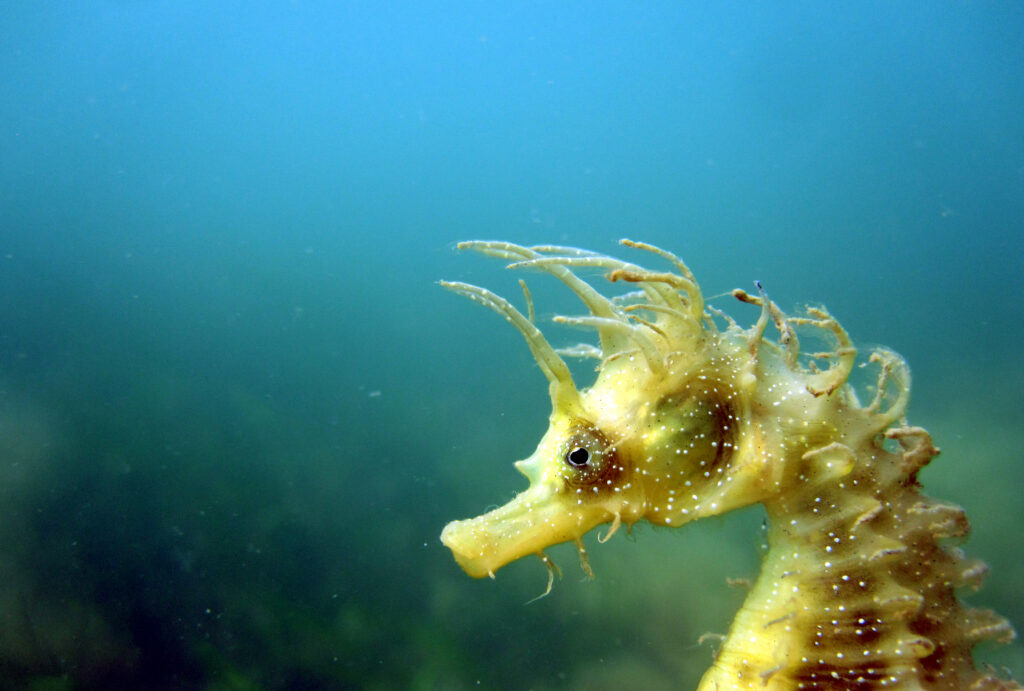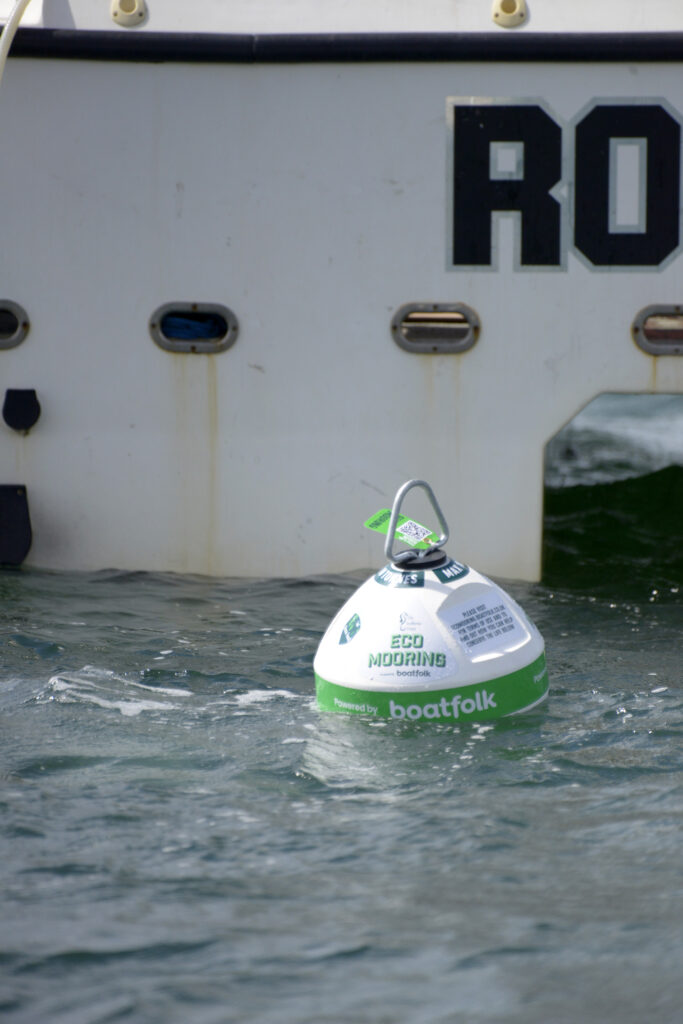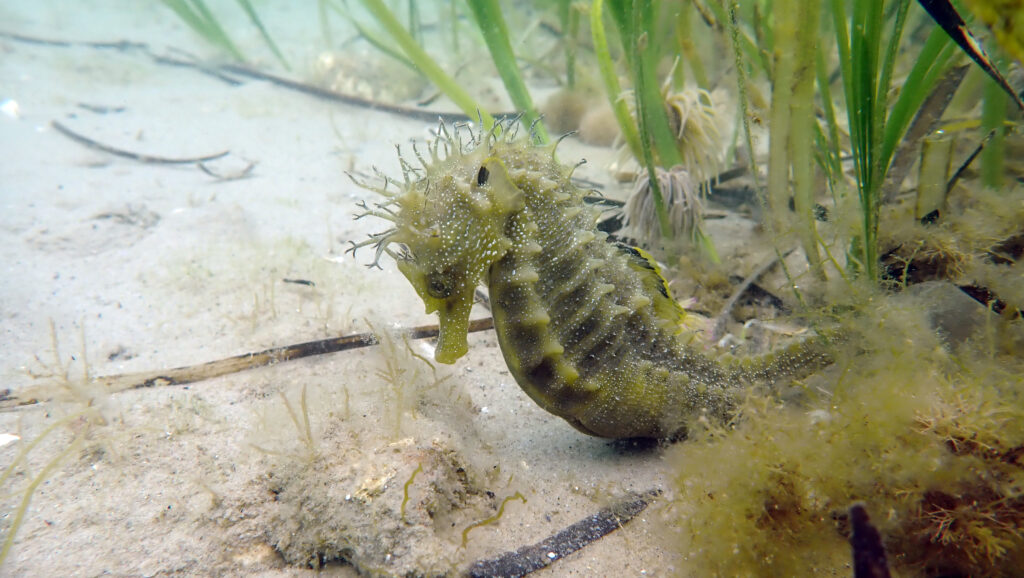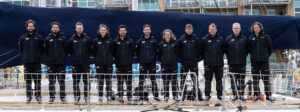£66k raised to protect seagrass meadows and seahorses

Local marine and conservation groups have banded together in a successful fundraising effort to save the Studland Bay seahorse and seagrass population as part of the Studland Bay Marine Partnership.
The groups have raised £66,000 through a mixture of crowdfunding by the Seahorse Trust and donations from the National Trust, The Crown Estate and The Pig-on the Beach. This money will enable the installation of 22 eco moorings, part of a phased approach with an overall target to install up to 87 across the bay area, building off the success of the initial 10 installed in 2021, as reported in MIN.
Neil Garrick-Maidment, founder and executive director of the Seahorse Trust says: “We are thrilled to have reached this milestone. These vital funds will enable further protection for the precious seahorse population at Studland Bay.
“With dwindling seahorse numbers across the UK, simple steps such as the installation of eco-moorings bring space and time for recovery and will help breathe new life at Studland. We hope this positive news story can show the public that every penny counts when it comes to grassroots fundraising and conservation efforts and these vital funds will help save this unique species’ home from destruction.”

Once licensing is granted, the installation of additional eco moorings will enable further seabed restoration and protect seagrass meadows from harm. Seagrass is an essential habitat for seahorses and other aquatic species such as undulate rays and bass. The grass also plays a vital role in carbon reduction, with the ability to store twice as much carbon per hectare as terrestrial forests. The installation aims to prevent the use of regular anchors, which damage the seabed by uprooting seagrass.
Eco moorings install a helical screw anchor into the seabed. An elastic rode is then attached, connecting the anchor system with the mooring buoy. The elastic rode will stretch at higher tides and contract at lower tides, so the equipment does not damage the surrounding seagrass.

“The seabed is more in demand than ever before, supporting a rich, but under pressure, natural environment, providing vital energy and resources for our country and offering a place for recreation,” says Caroline Price, senior development manager of habitat creation at The Crown Estate. “Against this backdrop, managing the seabed in a way that enables a thriving sea and coastline requires new ways of doing things, as well as collaboration on a greater scale than ever before. That’s why we are delighted to collaborate on this innovative initiative, which delivers positive outcomes for nature as well as those who make use of this area.”
The fundraising effort follows an extensive engagement period with local residents and boat users to understand their views on awareness and usage of the eco-moorings and the ‘voluntary no anchor zone’. Of those surveyed, 58 per cent of respondents said they were interested in the conservation of the seagrass habitat.
Since 2019, Studland Bay has been protected as a Marine Conservation Zone and the voluntary no anchor zone was introduced in December 2021 by the Marine Management Organisation due to the significance of this rare habitat. In 2020 the bay saw a huge return in seahorse sightings, with double figures spotted in multiple dives, including 16 spotted in a single dive with a peak of 21. The Seahorse Trust noted it was likely due to the unusually quiet period of moorings as a result of the pandemic, making the case for conservation at Studland clearer than ever.

Jim Atkins a representative on SBMP on behalf of sailing and yacht clubs and boaters says: “Members of the local boating fraternity, together with a RYA representative, who sit on the Studland Bay Marine Partnership, have been fully involved in the SBMP discussions, consultations and planning, on behalf of boaters. We seek to retain the use of Studland Bay by recreational craft within the VNAZ area, whilst promoting the important conservation and regeneration of sea grasses and sea horses etc. To have reached the current position is a credit to all members of the partnership.”
Last month, MIN covered a campaign designed to help sailors digitally map sensitive seabeds and eco-moorings around the world.











Contains conclusive details for supporting marine preservation